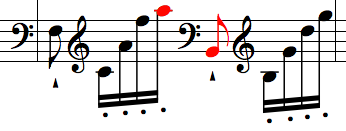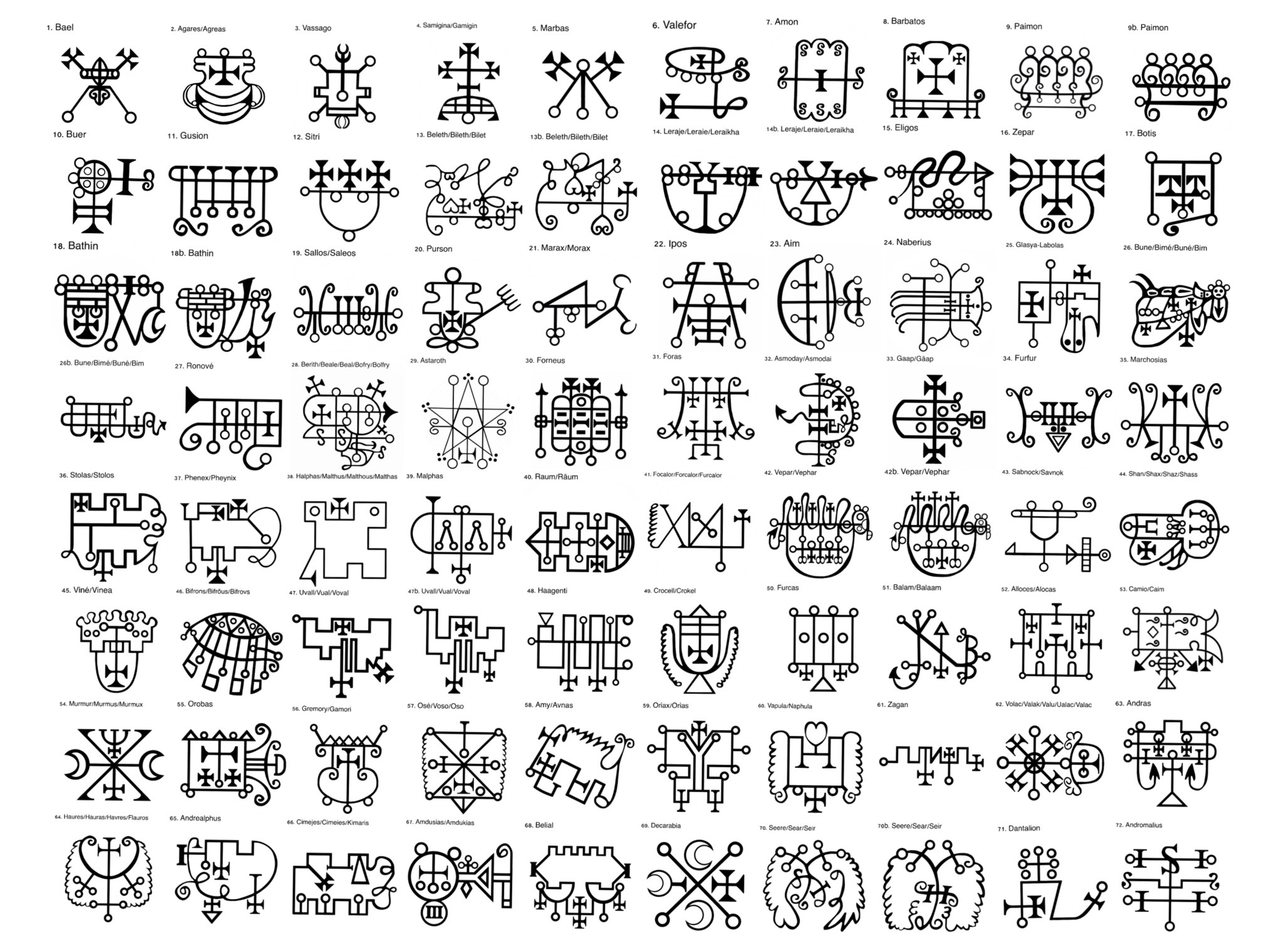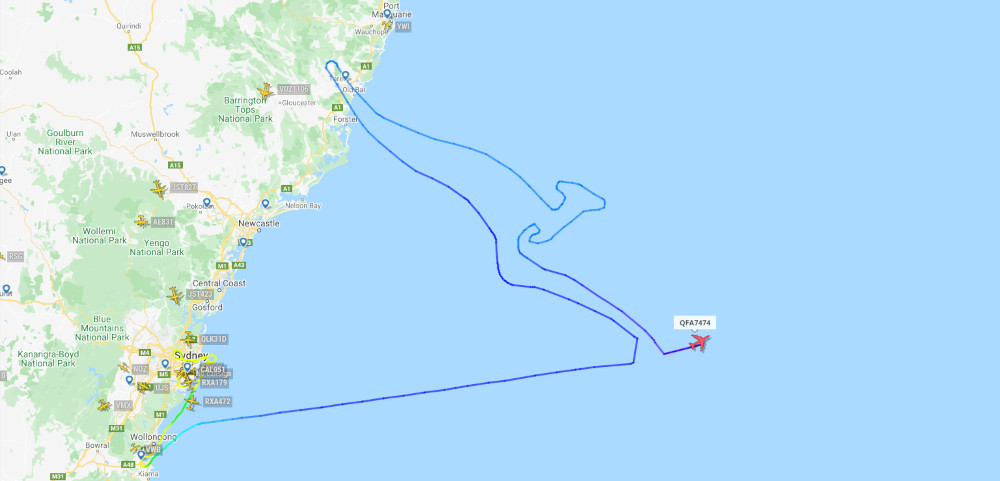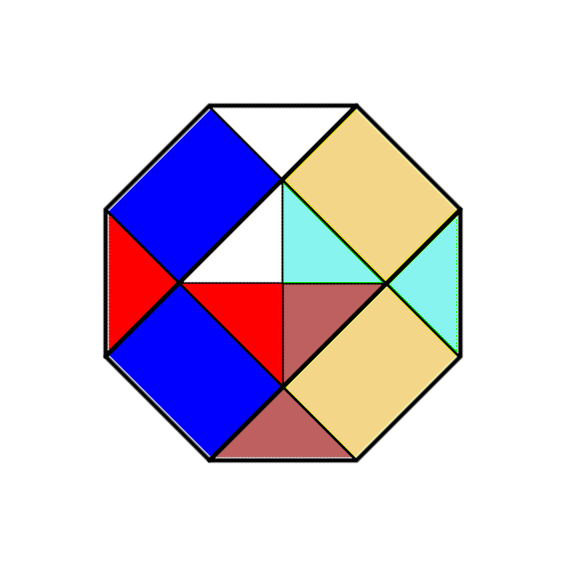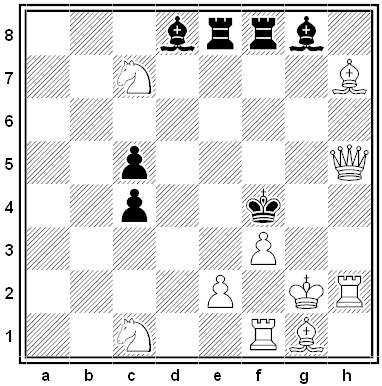Apocryphal but entertaining: Allegedly the Duke of Wellington sent this letter to the British War Office during the Peninsular War of 1808-1814:
Gentlemen:
Whilst marching to Portugal to a position which commands the approach to Madrid and the French forces, my officers have been diligently complying with your request which has been sent by H. M. ship from London to Lisbon and then by dispatch rider to our headquarters.
We have enumerated our saddles, bridles, tents, and tent poles, and all manner of sundry items for which His Majesty’s Government holds me accountable. I have dispatched reports on the character, wit, and spleen of every officer. Each item and every farthing has been accounted for, with two regrettable exceptions for which I beg your indulgence.
Unfortunately, the sum of one shilling and ninepence remains unaccounted for in one infantry battalion’s petty cash and there has been a hideous confusion as to the number of jars of raspberry jam issued to one cavalry regiment during a sandstorm in western Spain. This reprehensive carelessness may be related to the pressure of circumstances since we are at war with France, a fact which may have come as a bit of a surprise to you gentlemen at Whitehall.
This brings me to my present purpose, which is to request elucidation of my instructions from His Majesty’s Government, so that I may better understand why I am dragging an army over these barren plains. I construe that perforce it must be one of two alternative duties, as given below. I shall pursue either one with the best of my ability but I cannot do both:
- To train an army of uniformed British clerks in Spain for the benefit of the accountants and copy-boys in London, or perchance
- To see to it that the forces of Napoleon are driven out of Spain.
Your most obedient servant,
Wellington


